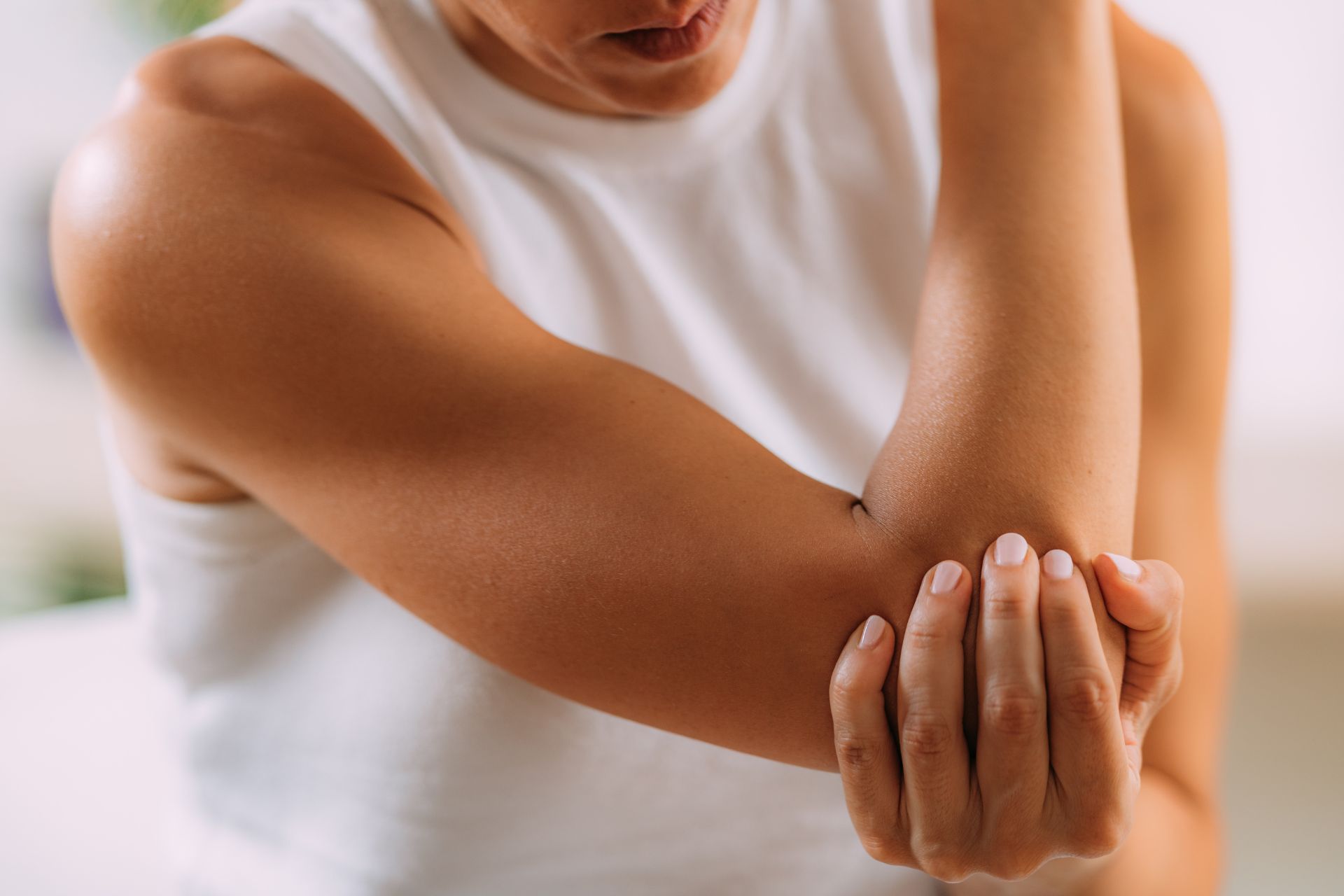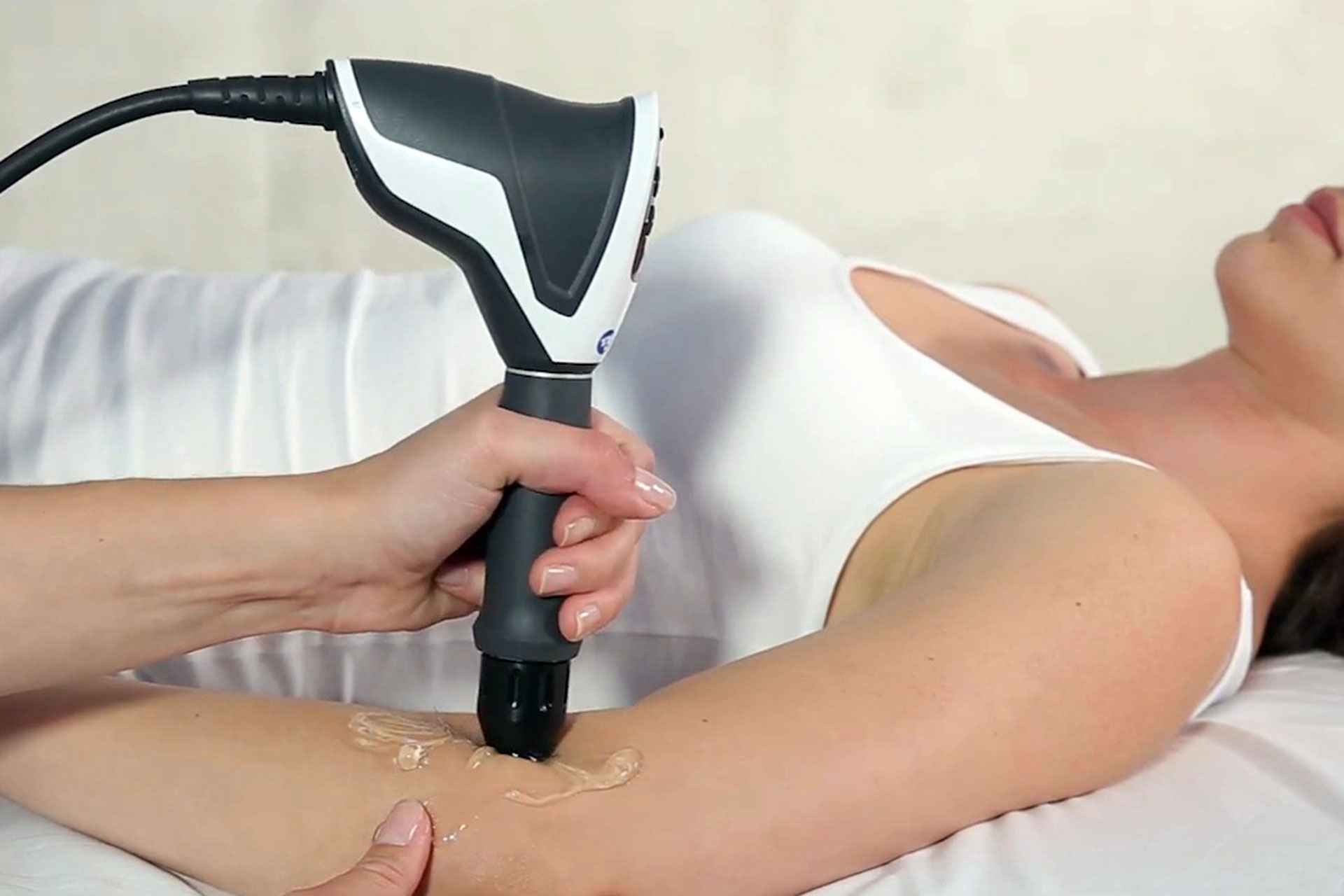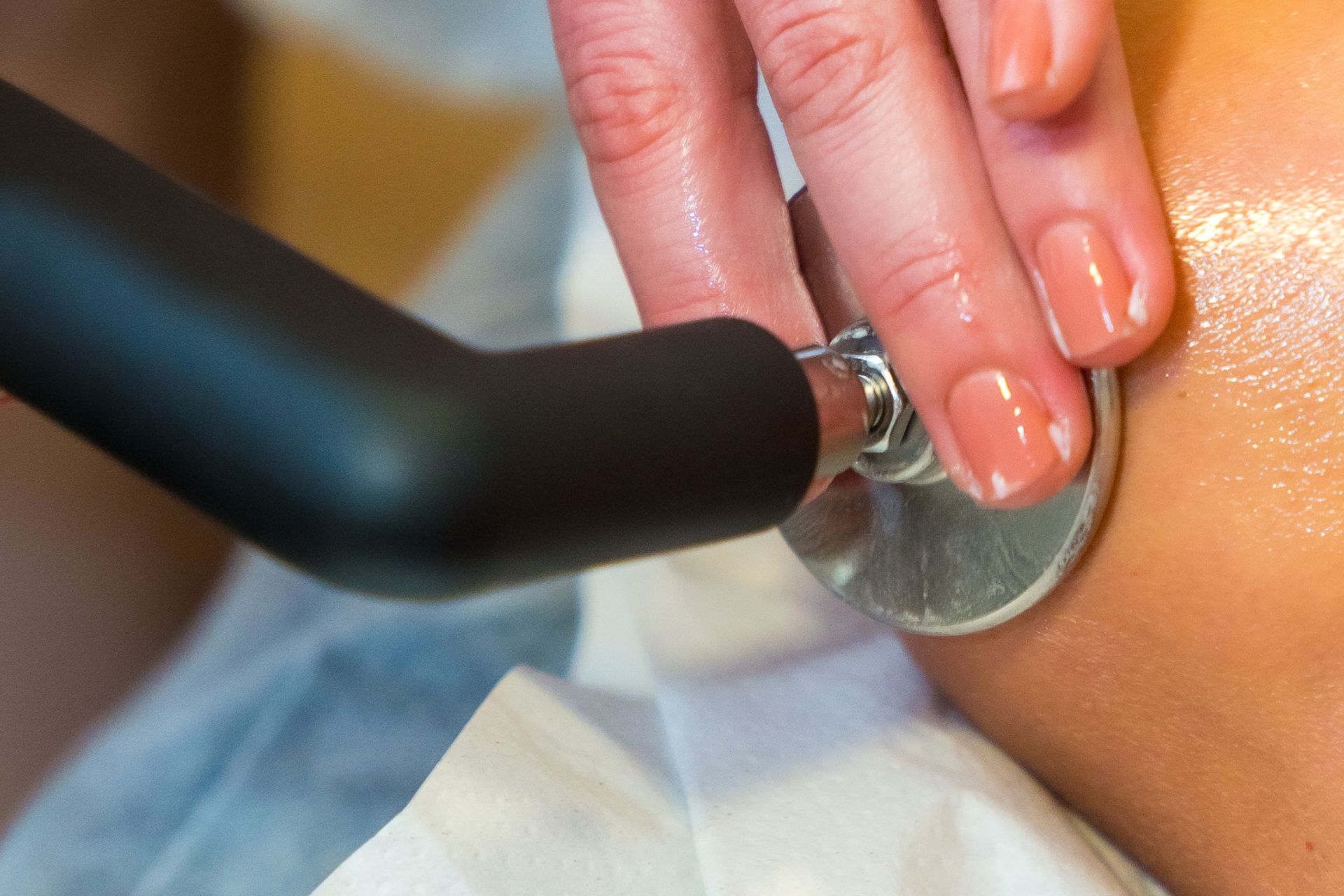|
Getting your Trinity Audio player ready...
|
Imagine a painter tirelessly working on a masterpiece or a seasoned tennis player perfecting their backhand. Despite their differing professions, they share a common risk: repetitive strain on the tendons in their elbows. This repetitive motion, whether from sports, occupational tasks, or even daily chores, can lead to micro-tears in the tendon, manifesting as a tennis elbow injury. The condition isn’t exclusive to tennis players, but the name has stuck due to its prevalence among them.
Tennis elbow injuries, a common musculoskeletal condition affecting the elbow joint and surrounding muscles, are a painful reminder that even the most seemingly harmless activities can lead to debilitating injuries. Despite its name, tennis elbow is not exclusive to tennis players. It can affect anyone who engages in repetitive elbow, wrist and hand motions.
Causes and Pathophysiology
Tennis elbow injuries occur when the tendons that join the forearm muscles to the outside of the elbow become inflamed. The primary muscle involved is the extensor carpi radialis brevis. Repetitive motion and overuse strain these tendons, leading to small tears and inflammation. This process results in pain and tenderness on the outside of the elbow, weakening the grip and causing discomfort during lifting or gripping objects.

Improper form or technique during activities can also put additional stress on the elbow joint, increasing the risk of injury. Weakness or tightness in the forearm, wrist, or shoulder muscles can contribute to poor biomechanics, leading to tennis elbow injuries. Using equipment that must be properly fitted or maintained can exacerbate the condition.
Several factors increase the risk of developing tennis elbow. The condition is most often diagnosed in adults aged 30 to 50. Jobs that involve repetitive wrist and arm motions, such as carpentry, painting, or plumbing, and activities that involve repetitive arm and wrist movements, especially racquet sports, are common culprits. Using incorrect techniques in sports or manual tasks can also contribute to developing a tennis elbow injury.
Proper Treatment of Tennis Elbow Injury
Physical therapy plays a crucial role in treating and preventing tennis elbow injuries. The primary goals of physical therapy are to reduce pain, improve mobility, and enhance functional recovery. A comprehensive physical therapy program for tennis elbow should include manual therapy, INDIBA® Active, Shockwave Therapy and prescribed exercises. Other treatment modalities may include sports massages, dry needling and Red Light Therapy.
- Manual therapy, involving hands-on techniques to mobilize muscles and joints, is crucial in treating tennis elbow. Techniques such as soft tissue mobilization and joint manipulation help reduce pain, improve range of motion, and enhance blood flow to the affected area, promoting healing.
- INDIBA® Activ Therapy utilizes radio frequency to promote cellular regeneration and accelerate healing. The therapy increases deep blood flow, reducing inflammation and pain while promoting the repair of damaged tissues. For tennis elbow, INDIBA® Activ can significantly enhance the recovery process by improving metabolic activity at the cellular level, facilitating quicker tissue regeneration.
- Shockwave Therapy involves the delivery of high-energy acoustic waves to the affected area, stimulating the body’s natural healing processes. This therapy promotes neovascularization, improving blood supply to the tendon. It also helps break down calcifications and scar tissue, relieves pain and improves function. Shockwave Therapy is particularly effective for chronic cases of tennis elbow where other treatments have not yielded the desired results.
- A structured exercise program tailored to strengthen the forearm muscles and improve flexibility is fundamental. Eccentric exercises, where the muscle lengthens under tension, are particularly beneficial for tendon healing. Patients are guided through specific exercises to gradually increase the load on the tendons, enhancing their strength and resilience.

In addition to the core physical therapy interventions, several adjunctive treatments can further aid in the recovery from tennis elbow with targeted massage techniques that help to relieve muscle tension, reduce pain, and improve circulation in the affected area. Sports massages can also help to break down scar tissue and adhesions, facilitating better movement and healing.
Dry needling can be particularly effective for relieving chronic pain and improving muscle function. Or try using low-level light to stimulate cellular activity. Red Light Therapy can enhance the function of myosatellite cells, which are crucial for muscle repair and regeneration. The therapy promotes faster muscle recovery and improved function by increasing ATP production and reducing oxidative stress.
Preventing Tennis Elbow Injuries
Preventing tennis elbow injuries involves adopting several key strategies to minimize the risk of developing the condition. Ensuring your work environment is ergonomically optimized can reduce the strain on your arms and wrists. This includes adjusting the height of your desk, using supportive chairs, and employing ergonomic tools.
Using the correct technique is crucial in sports or manual tasks. Working with a coach or trainer to refine your movements can help prevent undue stress on the tendons. Regularly engaging in exercises that strengthen the forearm muscles and improve flexibility can provide better support for the tendons and reduce the risk of injury.
Don’t forget that adequate time for rest and recovery between repetitive activities is essential to prevent overuse injuries. Incorporating rest days and ensuring proper recovery can help maintain tendon health.
Tennis elbow, though common, can be effectively managed and prevented with the right approach. At HelloPhysio’sphysiotherapy clinic, we leverage a combination of manual therapy and advanced adjunctive treatments to ensure comprehensive patient care. By understanding the causes and adopting preventive measures, individuals can significantly reduce their risk of developing this painful condition.
For those already affected, our personalized treatment plans, incorporating INDIBA® Activ, Shockwave Therapy, sports massage, dry needling, and other adjunctive therapies, offer a path to swift recovery and restored function. If you’re experiencing symptoms of a tennis elbow injury, make an appointment today.

